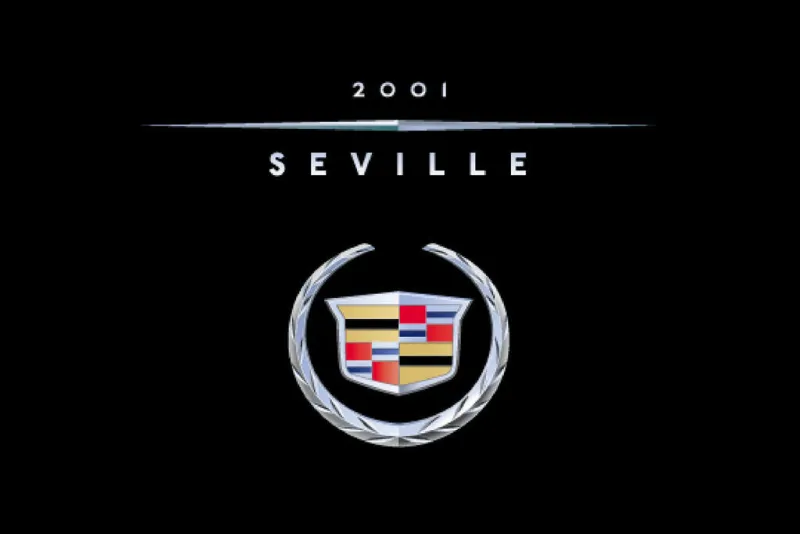2001 Cadillac Seville Owner's Manual

Table of Contents
2001 Cadillac Seville Overview
Introduction
The 2001 Cadillac Seville stands as a testament to American luxury and engineering prowess. This elegant sedan captures the essence of classic Cadillac styling while integrating modern design elements. With its smooth lines, bold grille, and well-defined profile, the Seville exudes sophistication, making it a distinguished choice for discerning drivers who appreciate both performance and comfort.
Powertrains
Under the hood of the 2001 Cadillac Seville lies a robust selection of powertrains designed to deliver a thrilling driving experience. The standard engine is a 4.6-liter Northstar V8, producing an impressive 300 horsepower and 280 lb-ft of torque. This powerhouse is paired with a smooth-shifting four-speed automatic transmission, providing seamless power delivery and enhancing fuel efficiency. For those desiring an elevated performance experience, the Seville offers an optional 4.6-liter Supercharged V8, cranking up the output to 440 horsepower, making it one of the most powerful sedans in its class.
Trims
The 2001 Cadillac Seville is available in two well-equipped trims: the base SLS and the upscale STS. The SLS variant focuses on comfort and style, featuring luxurious leather seating, dual-zone climate control, and a premium sound system. In contrast, the STS trim takes luxury to another level with additional performance features, upgraded audio options, and unique styling cues that emphasize its sportier disposition.
Features
Cadillac has long been a pioneer in automotive innovation, and the 2001 Seville is no exception. Standard features include an advanced anti-lock braking system, traction control, touch-screen navigation, and rear parking assist. The cabin is designed with an emphasis on driver satisfaction, offering heated seats, an advanced sound system, and ambient lighting to cultivate a serene atmosphere.
Owner's Manual
The owner's manual for the 2001 Cadillac Seville serves as an invaluable resource for new owners. It provides comprehensive information regarding vehicle operation, maintenance guidelines, troubleshooting common issues, and ensuring optimal performance. With detailed diagrams and user-friendly instructions, the manual ensures that owners can access important information and maintain their Seville in peak condition.
User manual download
The Cadillac Seville owner manual for the 2001 model year is to be found in PDF downloadable format on this page. The owner manual for the model year 2001 is free and in English, but the repair manuals are usually not easy to get and may cost more.
Manual Questions
Fill the form below and someone will help you!

